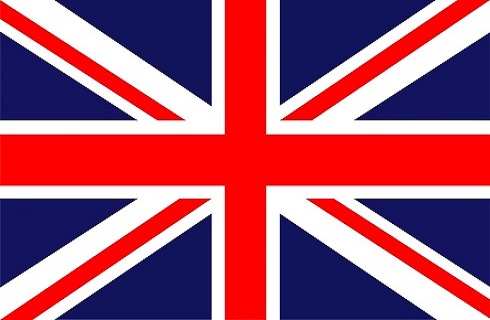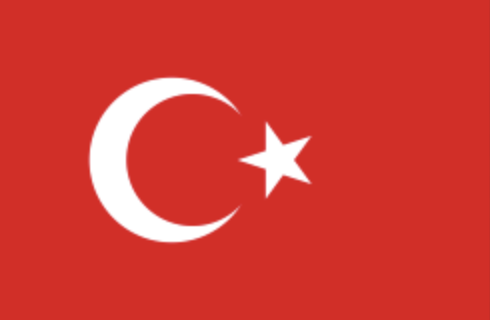Cerebral palsy (CP) is one of the most common neurological disorders in children. It develops secondary to a damage to the developing brain, usually before, during, or shortly after birth. Cerebral palsy can affect muscle tone, movement, and coordination, making it challenging for children to perform daily activities.
In some cases, cerebral palsy can also affect other motor-related functions, such as breathing, speaking, eating, bladder control or bowel movements. Understanding the signs, causes, and treatment options can help families support their child’s healthy development.
What Causes Cerebral Palsy?
Cerebral palsy happens when part of a child’s brain responsible for movement is damaged. While the exact cause is not always clear, common risk factors include:
- Premature birth (being born too early)
- Lack of oxygen during delivery
- Brain infections such as meningitis or encephalitis
- Head trauma during infancy or early childhood
- Genetic factors that may affect brain development
Children who are born prematurely or with low birth weight are at a higher risk of developing cerebral palsy.
What Are the Types of Cerebral Palsy?
Cerebral palsy can appear in different forms, and some children may show a combination of these types:
✅ Spastic Cerebral Palsy
The most common form. Muscles are stiff, and movement is limited. Children may have difficulty with walking, balance, and fine motor skills.
✅ Dyskinetic (Athetoid) Cerebral Palsy
Characterized by uncontrolled, involuntary movements. This type can affect walking, sitting, and even speech.
✅ Ataxic Cerebral Palsy
Balance and coordination are the main problems. Children may stumble when walking or struggle to judge distances between objects.
✅ Hypotonic Cerebral Palsy
Marked by low muscle tone (“floppy” muscles). Babies may struggle to hold up their head, sit independently, or start movements.
What Are the Symptoms of Cerebral Palsy in Babies?
Early detection is crucial. Parents should consult a pediatrician if they notice:
- Delay in sitting, crawling, or walking
- Stiff or floppy muscle tone
- Favoring one side of the body when moving
- Trouble with coordination or balance
- Persistent infant reflexes beyond normal age
How Is Cerebral Palsy Treated?
While there is no permanent cure, early diagnosis and treatment can significantly improve a child’s quality of life. Treatment is personalized and may include:
1. Medical Treatment and Surgery
Doctors may prescribe medications or botulinum toxin injection to reduce muscle stiffness. In some cases, orthopedic surgery is needed to correct bone or joint deformities.
2. Physical Therapy and Rehabilitation
- Physical therapy helps improve strength, mobility, and posture.
- Occupational therapy supports daily activities like eating, dressing, and playing.
- Speech therapy improves communication and swallowing difficulties.
3. Assistive Devices
Walkers, braces (orthoses), and communication devices help children gain independence and improve participation in daily life.
Key Information for Families
- Cerebral palsy does not get worse over time. However, as children grow, their needs change.
- Regular medical follow-ups are essential to adapt treatment plans.
- Starting therapy early gives children the best chance to reach their full potential.
Conclusion
Receiving a diagnosis of cerebral palsy in a child can be overwhelming for families. But with the right treatment plan, supportive therapies, and a caring environment, children with cerebral palsy can lead independent, productive, and fulfilling lives.
👉 Early diagnosis, timely treatment, and a multidisciplinary approach are the keys to supporting a child’s development.

 ENGLISH
ENGLISH  TÜRKÇE
TÜRKÇE